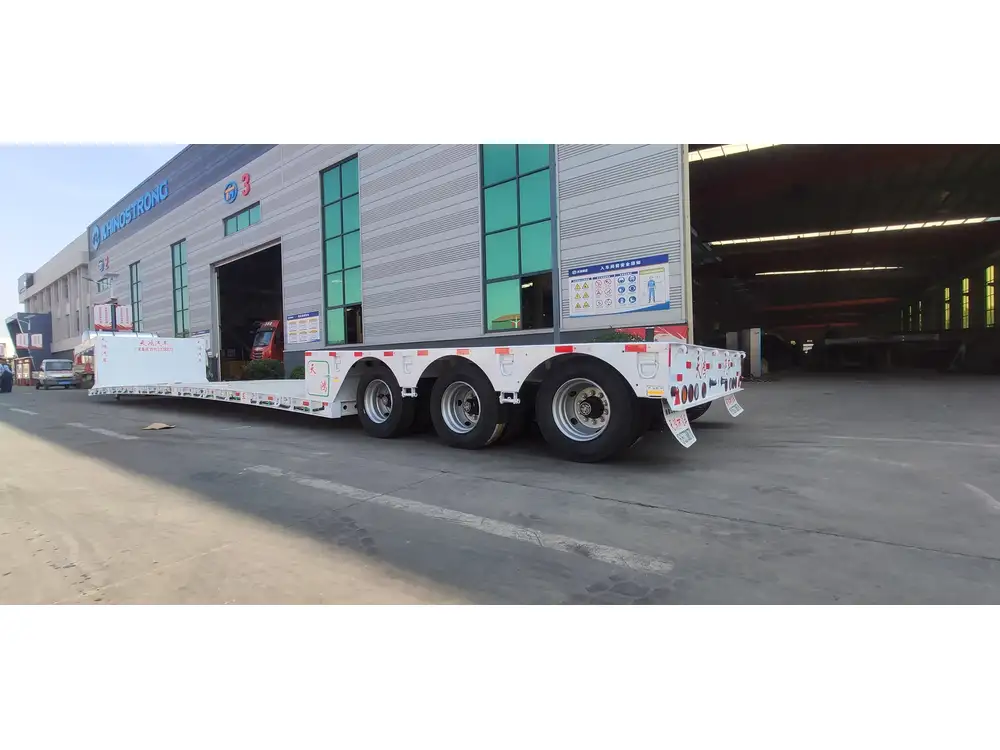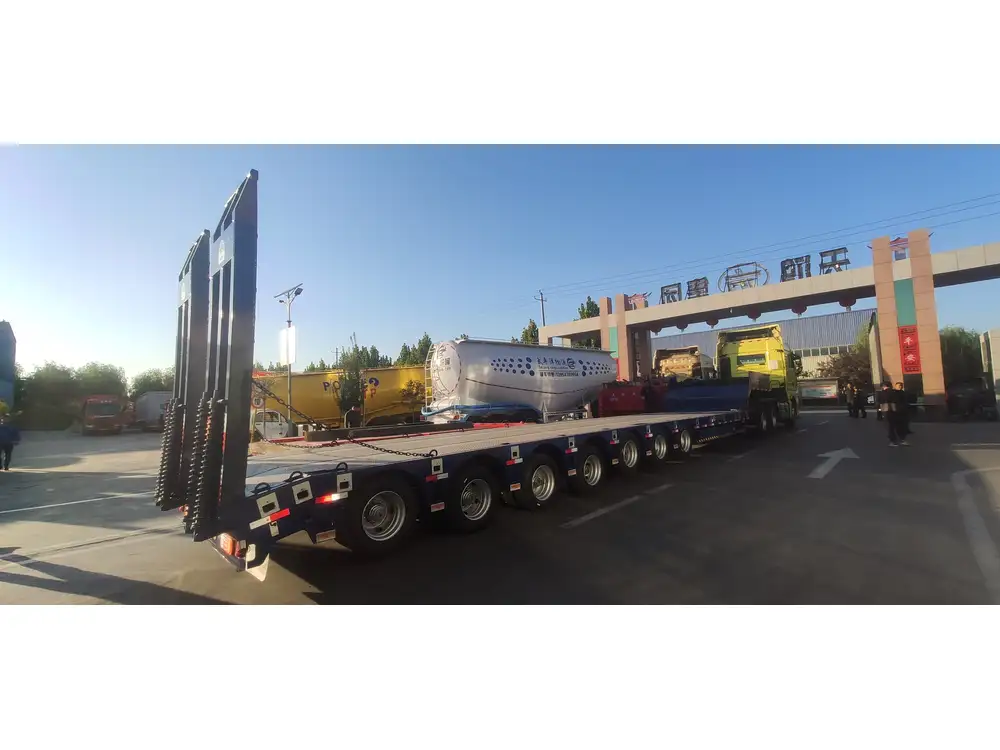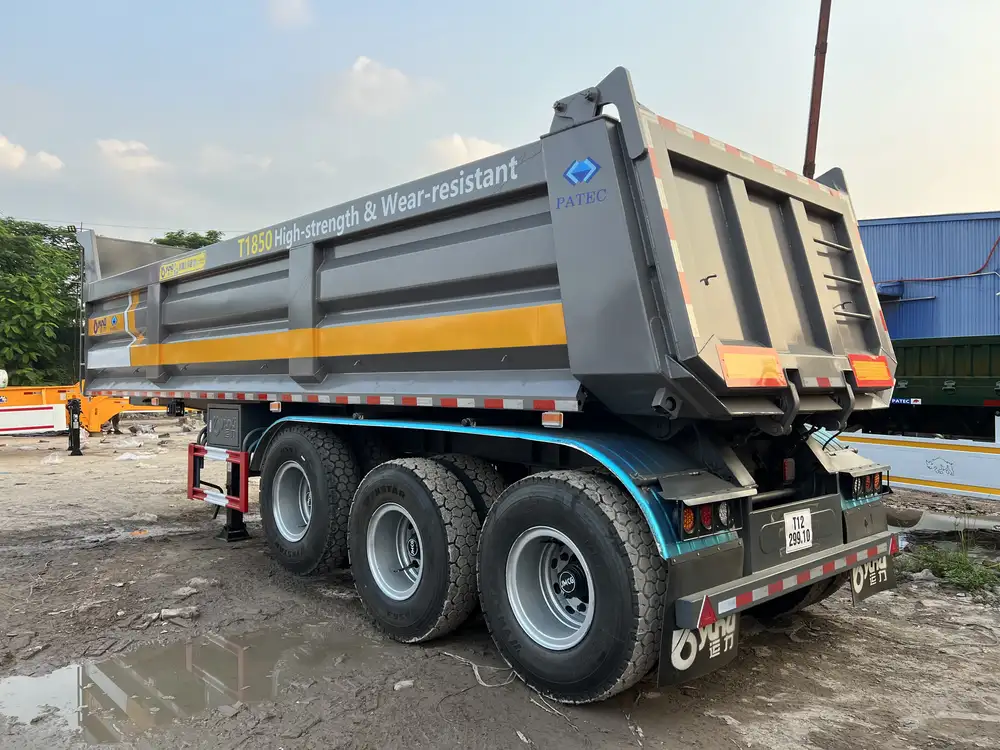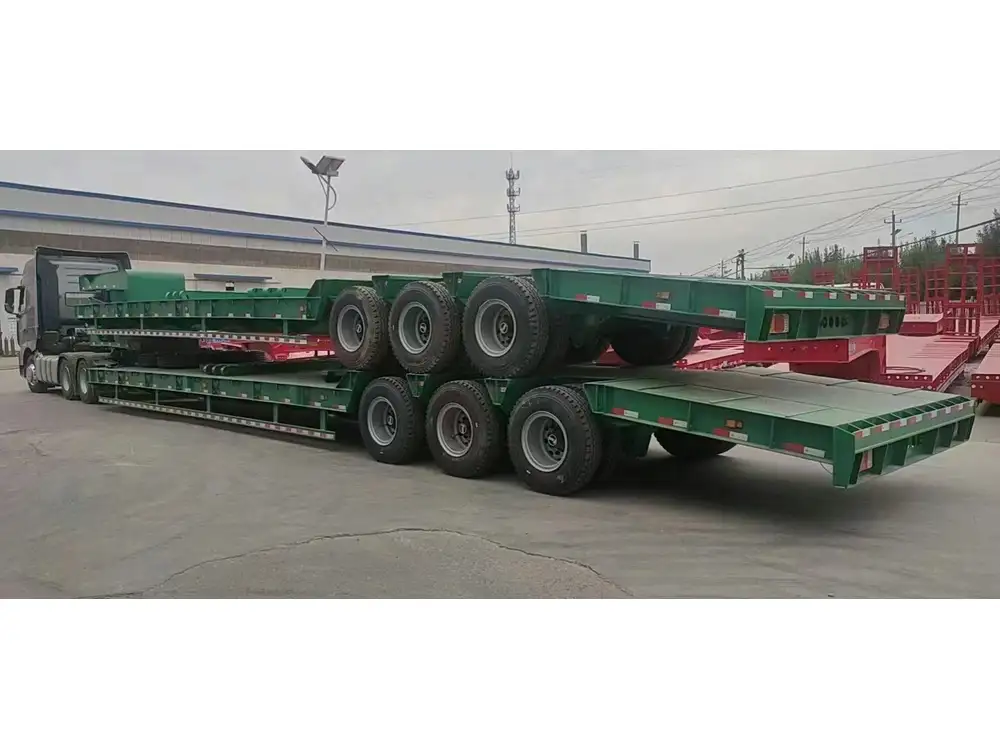When it comes to maintaining semi-trailers, ensuring that your axle is properly secured is paramount. In this comprehensive guide, we will explore the steps to effectively chain up a semi-trailer axle while also addressing common issues and offering solutions. This process is essential for safety, stability, and compliance with transport regulations.
Understanding the Importance of Chaining Up Axles
Chaining up a semi-trailer axle is not just a technical requirement but also a crucial safety measure. An improperly secured axle can lead to severe accidents, damage to cargo, and extensive financial loss. Numerous factors come into play, including:
- Weight Distribution: Ensuring proper weight distribution can prevent axle failure and maintain vehicle stability.
- Road Conditions: Different road conditions necessitate varied securing techniques to mitigate the risk of slippage.
- Legal Compliance: Transport regulations often enforce strict guidelines regarding cargo and axle security.
This underscores the significance of mastering the chaining process, ensuring safety and compliance with the law.
Step-by-Step Process to Chain Up a Semi-Trailer Axle

Tools and Equipment Required
Before delving into the procedural aspects, it’s important to gather the necessary tools:
| Tool/Equipment | Purpose |
|---|---|
| Chain Tensioner | To adjust the tightness of the chains |
| Quality Chains | For securing the axle |
| Hooks | For attaching chains to designated points |
| Ratchet Wrenches | For added tension adjustment |
| PPE (Personal Protective Equipment) | Ensures safety during the process |
Step 1: Assess the Axle and Trailer Condition
Begin by inspecting the axle and trailer for any signs of damage, wear, or potential failure. Look for issues such as:
- Rust or corrosion on the axle
- Deformation or bending
- Worn out suspension components
Assessing the overall condition provides crucial insight into whether additional repairs are required before proceeding to secure the axle.
Step 2: Choose the Right Chain and Connection Points
Selecting high-quality chains is essential. Look for chains rated for heavy-duty applications and resistant to wear. The usual specifications for chains include size and strength, often measured in pounds. Identify suitable connection points on both the axle and the trailer frame to which chains can be attached. Fundamental connection points typically include:
- Axle plates
- Frame tie-down points
- Safety chain hooks

Step 3: Attach Chains to the Axle
With your chosen chains and connection points identified, the next step is to attach the chains to the axle:
- Position the Chains: Place the chains around the axle, ensuring they sit tightly yet comfortably.
- Secure Using Hooks: Attach the chain hooks to the designated connection points, ensuring they are locked in place to prevent accidental detachment.
- Adjust the Chain Length: Use a chain tensioner to adjust the length of the chains, ensuring they do not sag but are not overstressed either.
Step 4: Tighten the Chains
Utilizing ratchet wrenches, carefully tighten the chains to achieve the desired tension:
- Maintain Even Pressure: Tighten evenly across both sides to ensure stability.
- Check for Links: Ensure that the links are fit snugly and that there are no kinks or twists in the chain.
Step 5: Inspect the Setup
After chaining up the axle, performing a thorough inspection is vital:
- Visual Check: Look for any signs of fraying, wear, or improper attachment.
- Test Tension: Tug on the chains to make sure they feel secure and stable.
- Check Alignment: Verify that the axle is still aligned correctly and that weight distribution remains balanced.

Key Considerations for Different Scenarios
Chaining in Variable Weather Conditions
Weather plays a significant role in the effectiveness of axle chaining. Adjust your methods accordingly:
- Wet or Icy Conditions: Consider using additional friction-enhancing materials on the chains or modifying attachment points to prevent slipping.
- High Wind Areas: Ensure that chains are tighter to combat potential movement caused by wind.
Transporting Varying Loads
When hauling different types of loads, additional adjustments may be necessary:
- Heavier Loads: Increasing chain strength and securing additional support points may be warranted.
- Odd-Shaped Items: Utilize custom chaining methods to accommodate non-standard shapes and ensure stability.

Common Issues and Troubleshooting
Inevitably, some challenges may arise during the chaining process. Below are common issues alongside effective solutions:
Issue 1: Chain Slippage
Symptoms: Chains appear loose despite tightening.
Solutions:
- Inspect for any imperfections in the connection points.
- Consider using locking mechanisms to secure the chains.
Issue 2: Inadequate Tension
Symptoms: Chains are difficult to tighten fully.
Solutions:
- Assess the condition and size of the chains to ensure they are fit for purpose.
- Use additional tensioners or reconsider the chaining angle.

Issue 3: Corroded or Damaged Chains
Symptoms: Visual wear and tear, especially after exposure to elements.
Solutions:
- Regularly replace chains that exhibit signs of damage.
- Invest in rust-resistant chains or protective covers to prolong lifespan.
The Importance of Regular Maintenance
Regular inspection and maintenance of both chains and axles are paramount for ongoing safety:
- Routine Checks: At each transport cycle, conduct a thorough examination of chains and axles.
- Documentation: Keep records of inspections and repairs, as this can aid in troubleshooting future issues.
- Upgrades: As technology evolves, consider upgrading to innovative chaining systems that enhance safety and efficiency.
Conclusion
Chaining up a semi-trailer axle is a critical aspect of any trucking operation. By following the guidelines and solutions outlined above, manufacturers and operators can ensure safe and compliant transport. Implementing a structured approach to chain handling not only reduces the risk of accidents but also promotes operational efficiency. Remember, a well-secured semi-trailer axle is foundational to the integrity of your entire transport system. Stay proactive, keep a toolkit handy, and continue your commitment to safety on the road.



